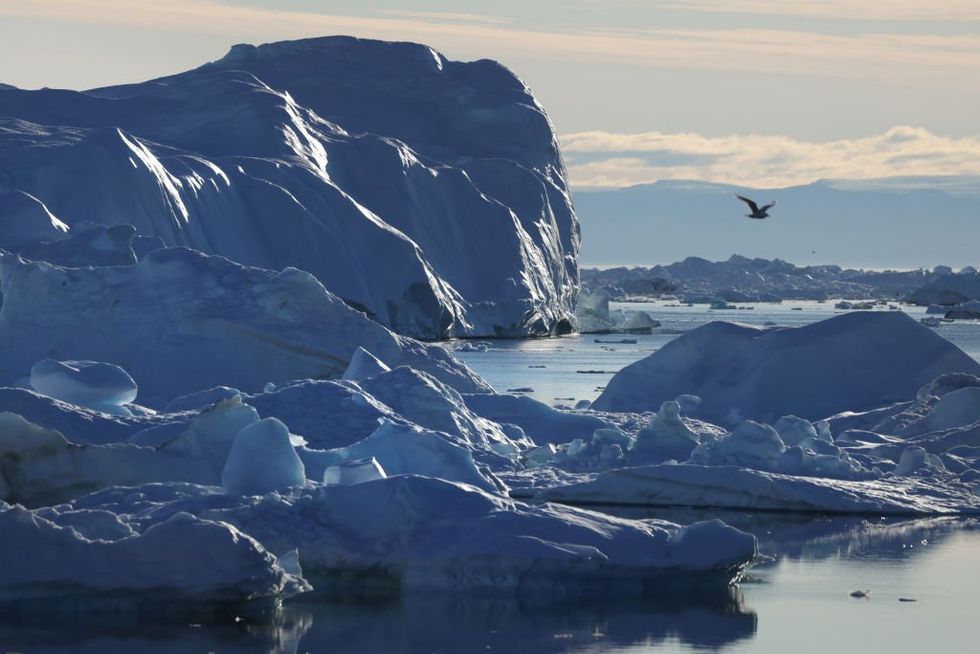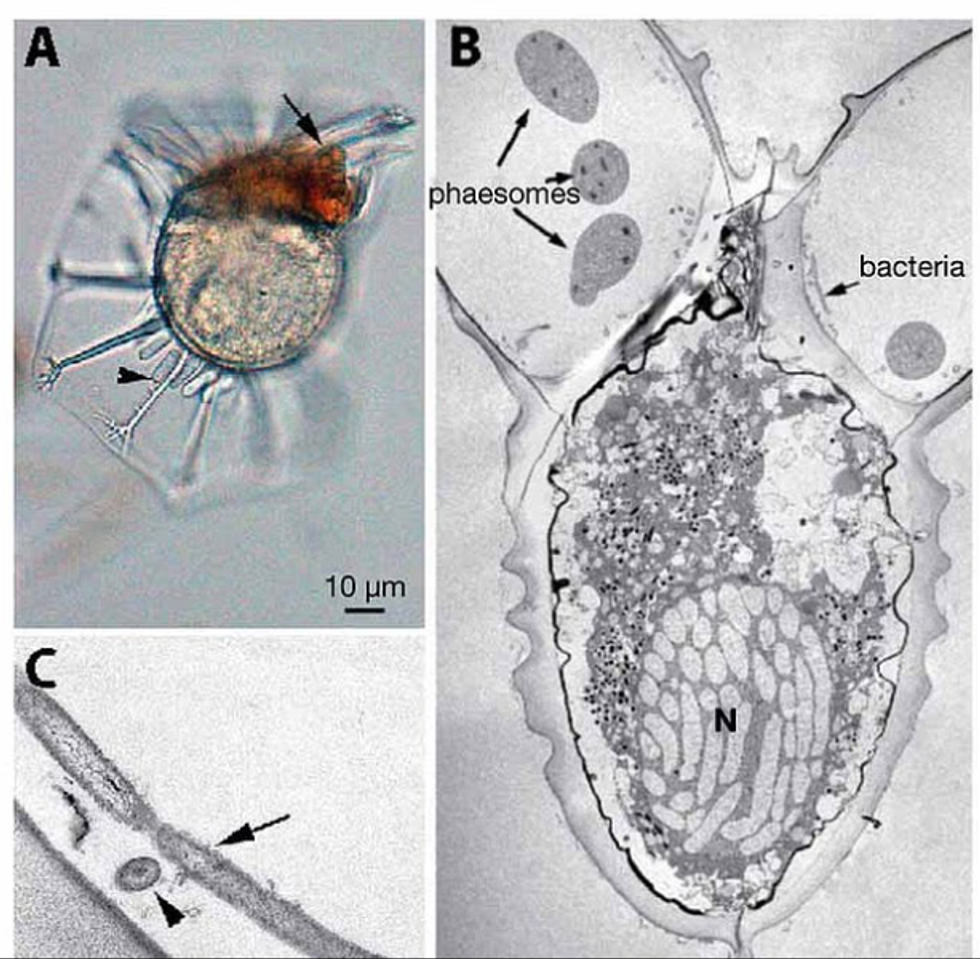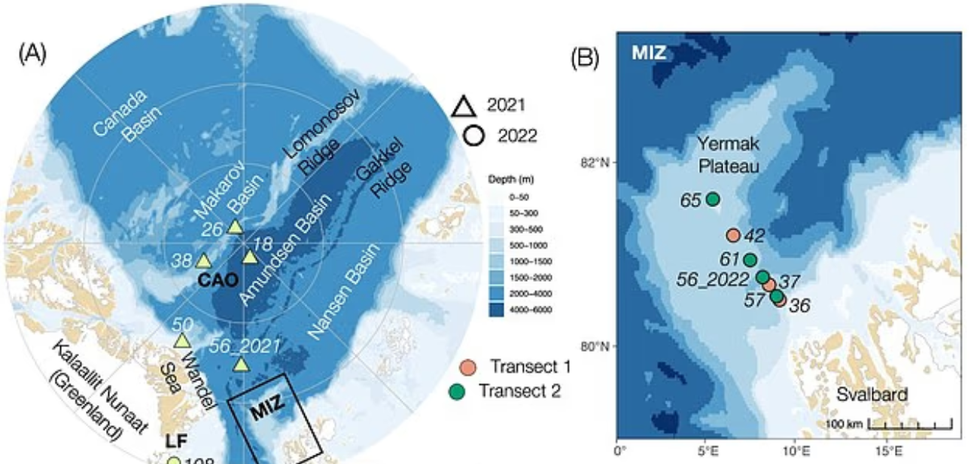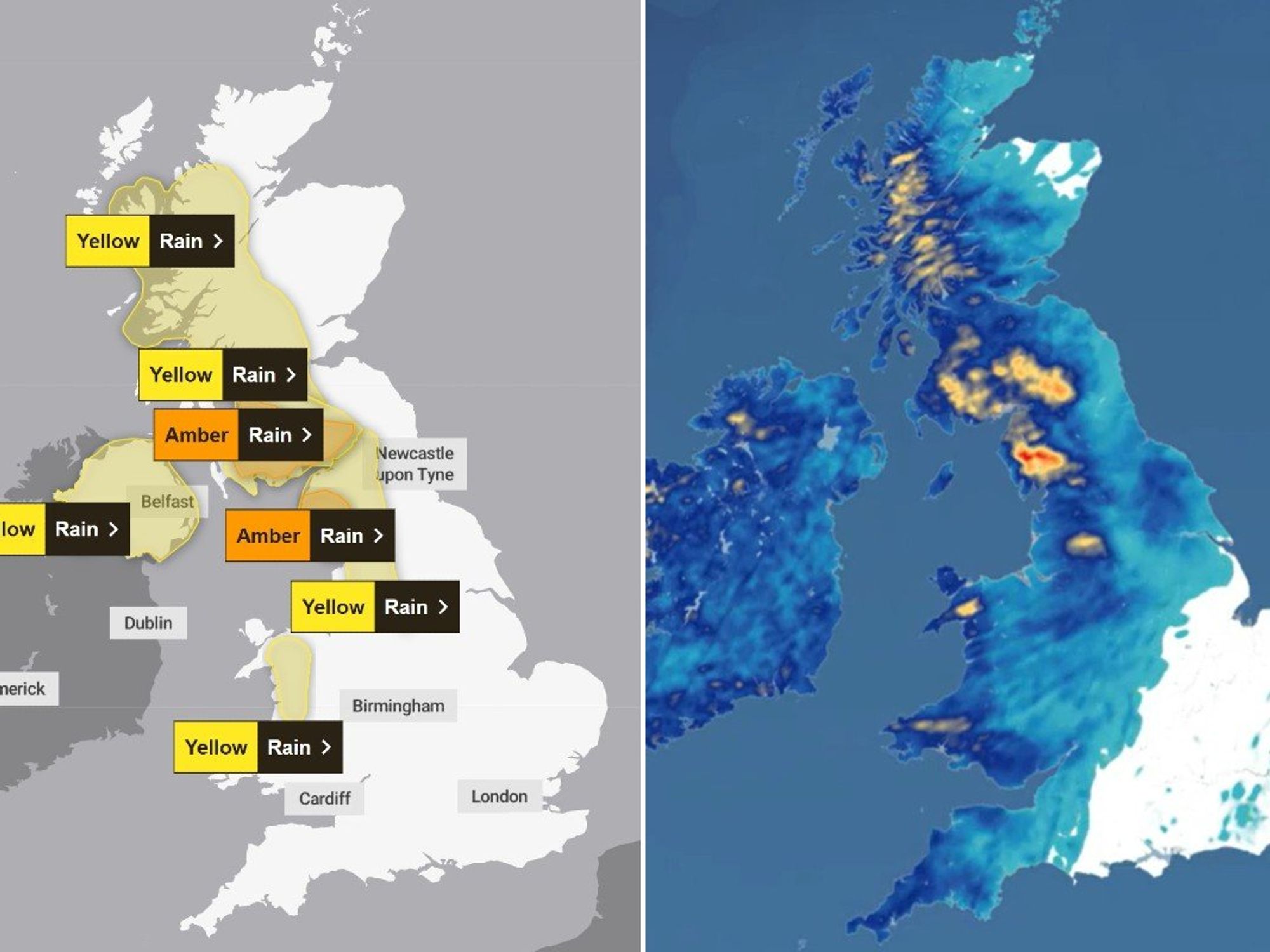Science breakthrough after discovery of 'impossible' life hidden beneath Arctic sea ice

Researchers warned the findings could significantly affect both the Arctic food chain and carbon cycling in polar regions
Don't Miss
Most Read
Trending on GB News
Scientists have discovered "impossible" life hidden beneath Arctic sea ice.
Researchers from the University of Copenhagen came across the breakthrough when they found microscopic organisms flourishing beneath the frozen surface, in conditions scientists previously deemed impossible for life.#
These minuscule bacteria, invisible without magnification, inhabit the waters directly below the Arctic sea ice.
The Danish research team expressed astonishment at their findings, stating: "[We] have discovered an important phenomenon beneath the Arctic sea ice that was previously thought impossible."
The discovery challenges established scientific understanding about life's limits in extreme polar environments, with researchers warning the findings could significantly affect both the Arctic food chain and carbon cycling in polar regions.
The microscopic organisms, formally identified as non-cyanobacterial diazotrophs, require nitrogen conversion for survival despite the element's scarcity in Arctic waters.
Unlike many marine bacteria, these organisms cannot photosynthesise and must convert nitrogen in the atmosphere into usable compounds, such as ammonium.
Field research conducted aboard the vessel RV Polarstern examined water samples from 13 Arctic sites, revealing unexpectedly elevated nitrogen fixation rates.

Scientists have discovered 'impossible' life hidden beneath Arctic sea ice
|GETTY
The highest activity occurred at melting ice edges, puzzling scientists given the region's nitrogen shortage.
Dr Lisa W. von Friesen said: "Until now, it was believed that nitrogen fixation could not take place under the sea ice."
She added: "It was assumed that the living conditions for the organisms that perform nitrogen fixation were too poor. We were wrong."
The bacteria consume dissolved organic compounds produced by algae whilst releasing ammonium that promotes algal growth in nearby waters.
LATEST DEVELOPMENTS

Researchers from the University of Copenhagen came across the breakthrough when they found microscopic organisms
|FARNELID ET AL
This nitrogen exchange poses risks, as excessive algal proliferation can trigger dangerous blooms that poison fish, shellfish, and marine mammals.
Dr von Friesen suggested their research indicates Arctic algae production capacity has been significantly undervalued.
The team discovered that regions with active ice melting showed increased nitrogen fixation compared to frozen areas, though open water displayed similar nitrogen levels to ice-covered zones for reasons that remain unclear.
Their findings, published in Communications Earth & Environment, mark the first documentation of nitrogen fixation beneath central Arctic ice.

The team discovered that regions with active ice melting showed increased nitrogen fixation compared to frozen areas
|COMMUNICATIONS EARTH AND ENVIRONMENT
The Arctic experiences temperature increases up to four times the global average, driving substantial reductions in ice coverage, thickness and age.
Scientists believe that climate change has enabled conditions to support the bacteria.
Annual Arctic ice patterns involve autumn and winter expansion followed by spring and summer retreat, but overall ice extent continues declining due to rising temperatures.
The researchers emphasised that nitrogen fixation must now be factored into projections for the Arctic Ocean's future as ice coverage diminishes.
More From GB News











